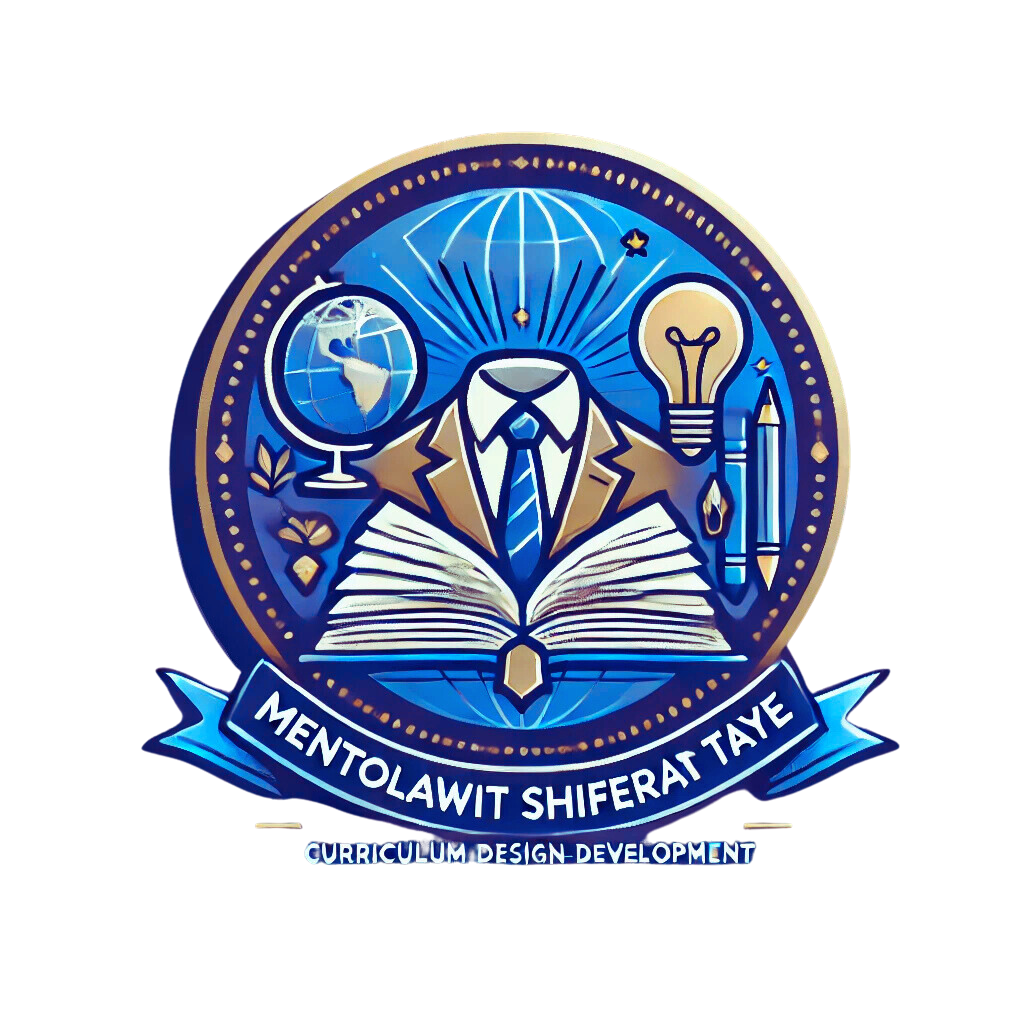Why Equity in Curriculum Design Requires More Than Access
Pexels – Photo by Mikhail Nilov
Introduction: Equity Isn't Just a Buzzword
In recent years, the word equity has become a frequent fixture in educational spaces—from staff meetings to mission statements to curriculum design. But here's what I've come to realize: equity isn’t just about access. It’s not enough to provide the same content to every student and assume that fairness has been achieved.
As someone who has designed curriculum for diverse learners, collaborated with teachers in behaviorally challenging settings, and reflected deeply on culturally responsive education, I've learned that real equity requires intentional, responsive, and inclusive design choices.
Access is Only the Beginning
Let’s start here: access matters. Every student deserves access to high-quality content, resources, and instruction. But equity doesn’t stop at giving everyone the same textbook or online platform.
If students can’t engage meaningfully with the material because it wasn’t designed with their realities in mind, then we haven’t achieved equity—we’ve just delivered uniformity.
Equity in Curriculum Means Meeting Students Where They Are
1. Skill Gaps Must Be Acknowledged and Addressed
Too many students enter classrooms with significant gaps in literacy or foundational knowledge—and then we give them grade-level tasks without scaffolding.
💡 Equity requires us to ask: What do my students need to access and succeed with this task?
Pre- and post-diagnostics should be a part of every curriculum design cycle.
Content must be layered to support multiple entry points.
Growth should be measured as much as mastery.
2. Representation Should Be Authentic, Not Tokenized
A truly equitable curriculum reflects the voices, histories, and experiences of all students—not just during heritage months or as sidebars in a textbook.
💡 Equity requires us to ask: Who is centered in this material? Who is missing?
Literature, writing prompts, and examples should include diverse cultural narratives.
Students should see themselves as creators, not just recipients, of knowledge.
3. Pacing and Feedback Should Be Flexible
Equity also means recognizing that learners need different timelines and feedback to grow.
💡 Equity requires us to ask: Am I designing for mastery or compliance?
Build in revision cycles, check-ins, and opportunities for student voice.
Offer multiple ways to demonstrate understanding—projects, visuals, audio, writing.
Equity is a Practice, Not a Policy
Equity in curriculum design isn’t a checkbox. It’s a commitment to designing with students in mind—not for an imaginary average learner.
It’s a mindset shift: from “What’s in the curriculum?” to “Who is this curriculum really serving?”
Final Thoughts: Let’s Keep Redesigning
If we want to build truly equitable classrooms, we have to keep asking better questions, revisiting our assumptions, and being open to redesign. Equity requires courage, creativity, and constant iteration.
So, let’s move beyond access. Let’s build curriculum that supports, reflects, and uplifts every learner.
💬 How do you design with equity in mind? What practices help you move beyond access? I'd love to hear your thoughts.
#CurriculumDesign #EquityInEducation #InclusiveLearning #CulturallyResponsiveTeaching #InstructionalDesign

